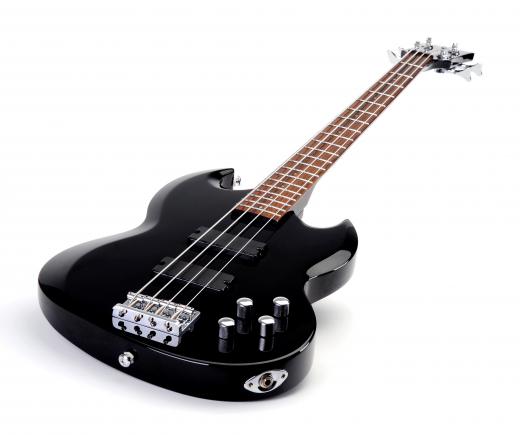Wood carving can be an incredibly rewarding and positive hobby, and it eventually can even become a career. It is one of the oldest crafts in the world and is both functional and artistically beautiful. Nearly every wood on earth can be used for carving, which gives the craft a huge abundance to choose from, and at times that can be overwhelming. A few types are especially popular, however, particularly among beginners. These woods are usually chosen for their softness and beauty, and also for their relative affordability.
Basswood is probably the most popular choice wood for beginners. It's from the Tilia genus and is often known as linden in North America. This is a white wood that grows throughout Europe and the Americas, and it has been used in woodworking for centuries. Basswood has almost no grain and is very soft, making it ideal for new woodworkers, and one sees it often used for small model parts. It is also popular in cheaper musical instruments, making up the bodies of some woodwinds, and electric basses and guitars. Basswood blanks can be found at most hobby supply shops and are a great wood to start learning to carve on, since it is malleable and cheap.

Aspen is another white wood that is quite popular among woodworkers. It's stronger than basswood but is still quite soft, so it is fairly easy to use for carving. Aspen trees grow widely and easily, and so the wood is common and quite cheap. All sorts of low end goods, from matches to packing material, are made from aspen, and cheap blanks can be found at most hobby supply stores.

Butternut is another good wood for beginner wood carving. It is browner than both basswood or aspen, so for those who don’t want to work in white, it can be a good option. This wood is also sometimes referred to as white walnut, because it is still much paler than the deep hue of black walnut. Like black walnut, butternut polishes quite nicely, and so is a good choice for furniture. It is also quite resistant to most rots and is lightweight when compared with black walnut. At the same time, it is a much softer wood, so beginners will find it much easier to work with.

Black walnut itself is a very popular choice, although it is much more expensive than the other three woods mentioned. It is fairly easy to carve, but is very sturdy and quite heavy, although not as heavy as oak. Walnut is used in all sorts of things, from furniture to gunstocks to coffins, and because of the relatively rarity of the trees, it can be extremely expensive.

Oak is probably one of the most popular woods for carving, with a range of features that make it almost ideal. It is an incredibly strong and sturdy wood, and is almost impervious to most rots and insects. The grain of oak is considered very beautiful, and it is one of the favorite woods used for making furniture.
